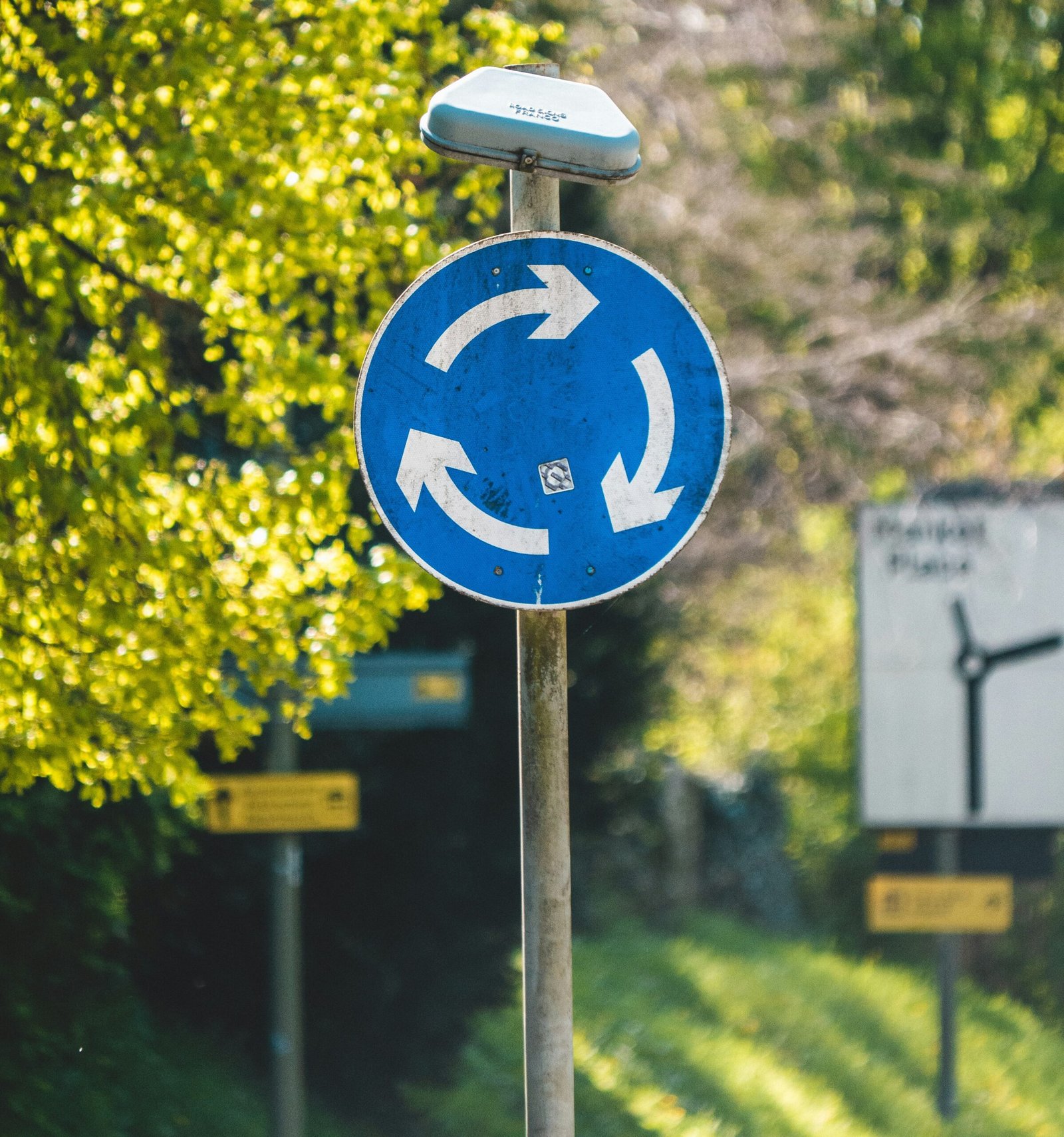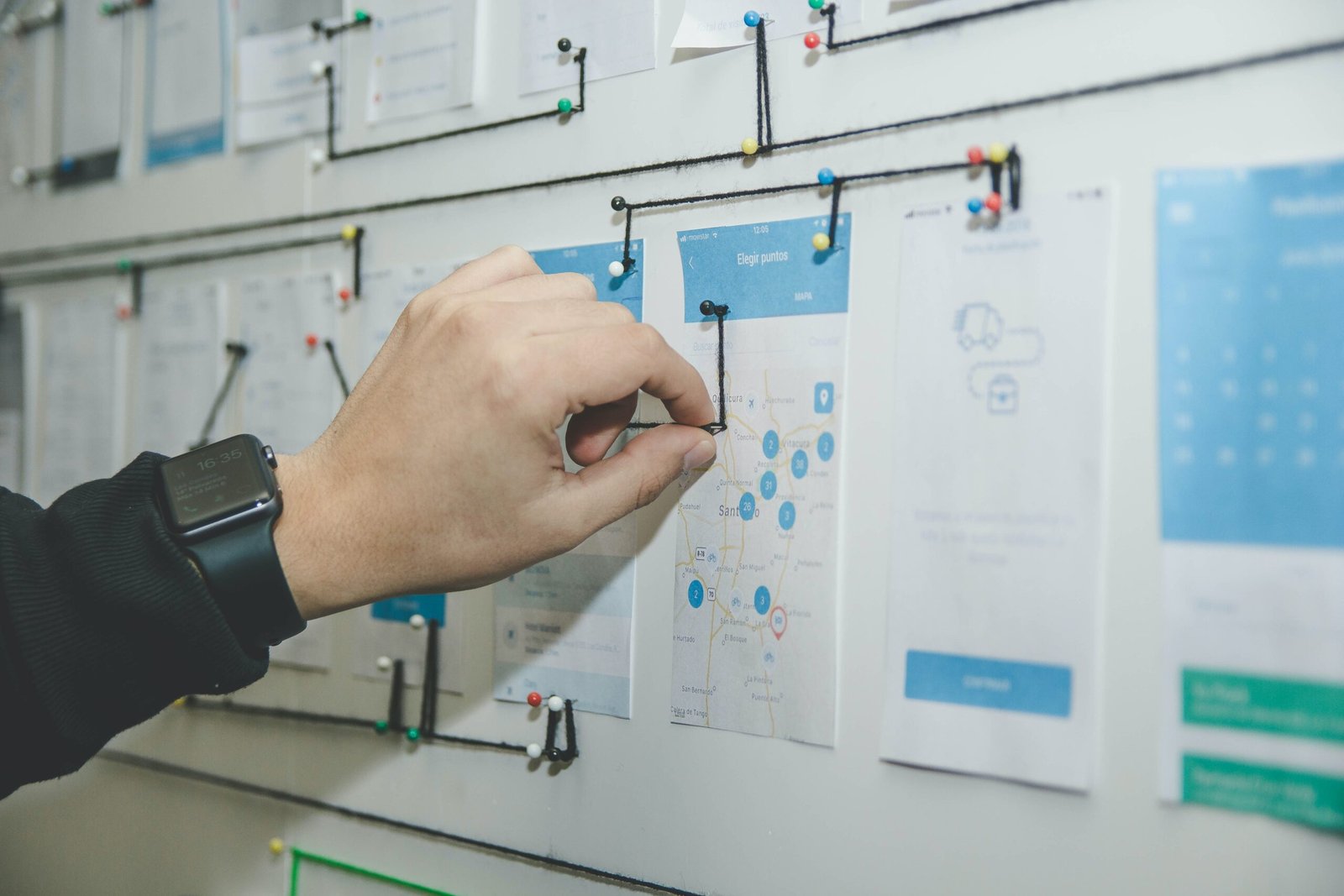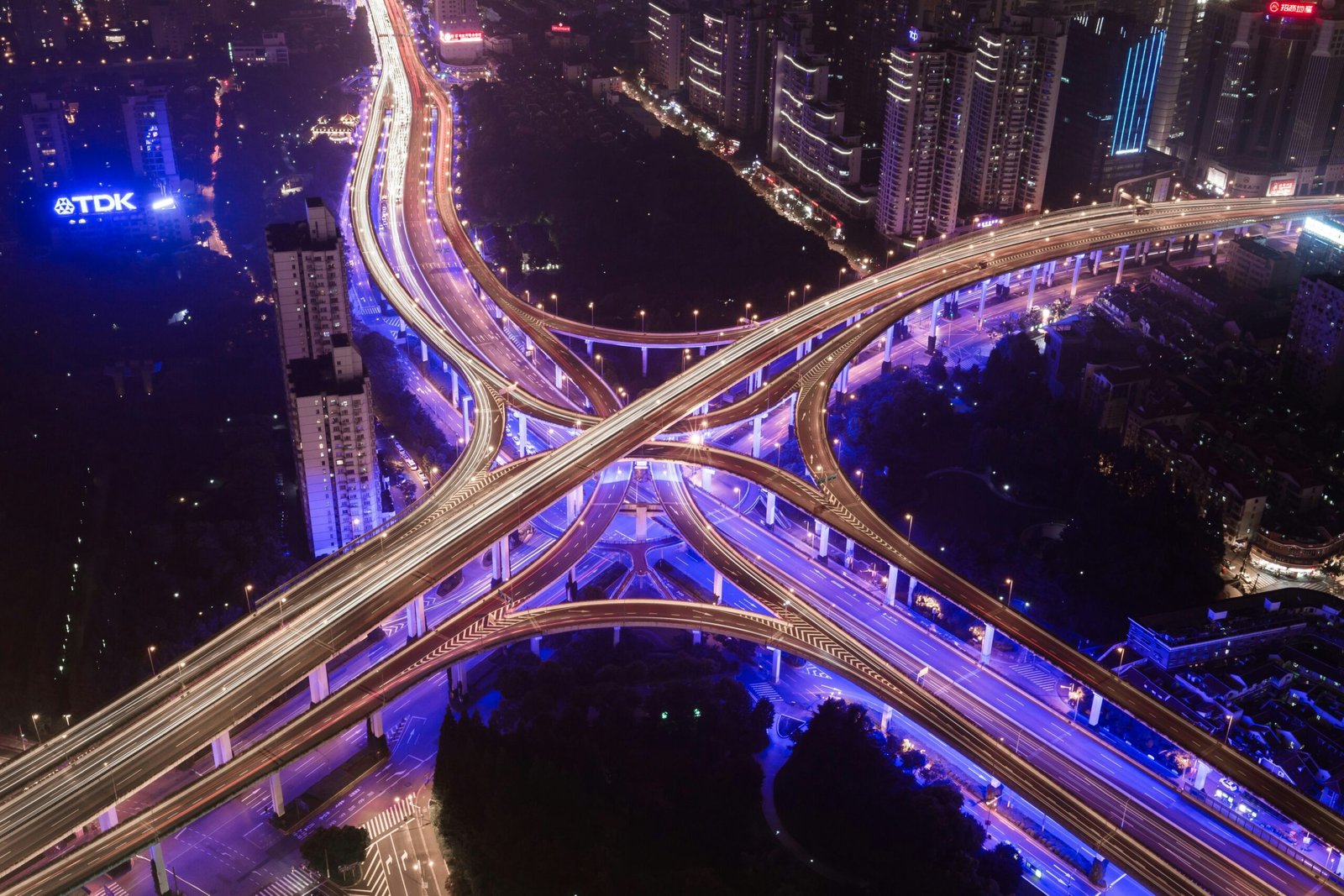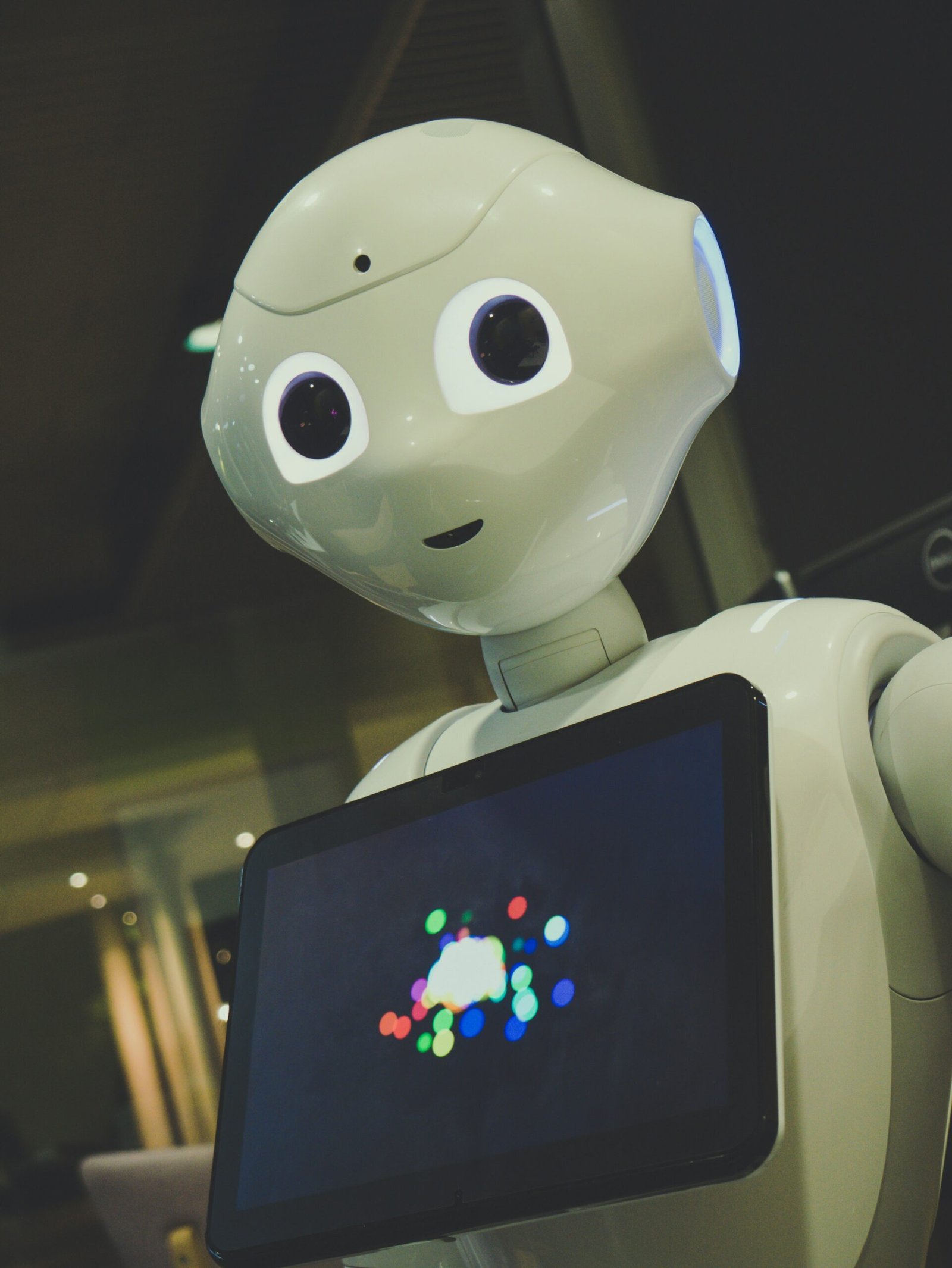Introduction
In today’s fast-paced world, transportation plays a crucial role in ensuring seamless city mobility. With the advancements in technology, transportation integration has become a key focus for urban planners and developers. One of the essential aspects of transportation integration is the user interface (UI) and user experience (UX) design. In this blog post, we will explore various UI/UX strategies that can enhance the efficiency and convenience of city mobility.
1. Real-Time Information
One of the primary concerns for commuters is having access to real-time information about the transportation system. Incorporating real-time updates into transportation apps and websites can significantly improve the user experience. Users can be informed about delays, route changes, and other important information, allowing them to plan their journeys accordingly. By providing accurate and up-to-date information, UI/UX designers can help commuters make informed decisions and reduce the frustration associated with unexpected disruptions.
2. Seamless Ticketing
Traditional ticketing systems can be cumbersome and time-consuming. UI/UX designers can simplify the ticketing process by integrating mobile ticketing solutions into transportation apps. This allows users to purchase and validate tickets directly from their smartphones, eliminating the need for physical tickets or long queues. By streamlining the ticketing process, commuters can save time and have a hassle-free experience while using public transportation.
3. Multimodal Journey Planning
City mobility often involves using multiple modes of transportation, such as buses, trains, and bicycles. UI/UX designers can create integrated journey planning tools that provide users with the most efficient routes, considering all available transportation options. By integrating different modes of transportation into a single platform, commuters can easily plan their journeys, saving time and reducing the complexity of navigating through the city.
4. Personalized Recommendations
UI/UX designers can leverage data analytics and machine learning algorithms to provide personalized recommendations to commuters. By analyzing user preferences, past travel patterns, and real-time data, transportation apps can suggest the most suitable routes and modes of transportation for individual users. This not only enhances the user experience but also encourages the use of sustainable transportation options, such as public transit or biking.
5. Accessibility and Inclusivity
UI/UX designers should prioritize accessibility and inclusivity when designing transportation integration systems. This includes considering the needs of individuals with disabilities, elderly commuters, and those with limited mobility. By incorporating features such as audio announcements, visual aids, and wheelchair-friendly routes, transportation apps can ensure that everyone can easily navigate the city and use public transportation without any barriers.
6. Gamification and Rewards
UI/UX designers can make the transportation experience more engaging and rewarding by incorporating gamification elements into transportation apps. By introducing challenges, achievements, and rewards, commuters can be encouraged to choose sustainable transportation options, such as walking or cycling. This not only promotes healthy habits but also contributes to reducing traffic congestion and carbon emissions.
Conclusion
Transportation integration is essential for ensuring seamless city mobility. By incorporating effective UI/UX strategies, transportation apps and websites can enhance the user experience, provide real-time information, streamline ticketing processes, and encourage the use of sustainable transportation options. As technology continues to advance, UI/UX designers have a crucial role to play in shaping the future of city mobility, making transportation more efficient, convenient, and accessible for all.












Leave a Reply